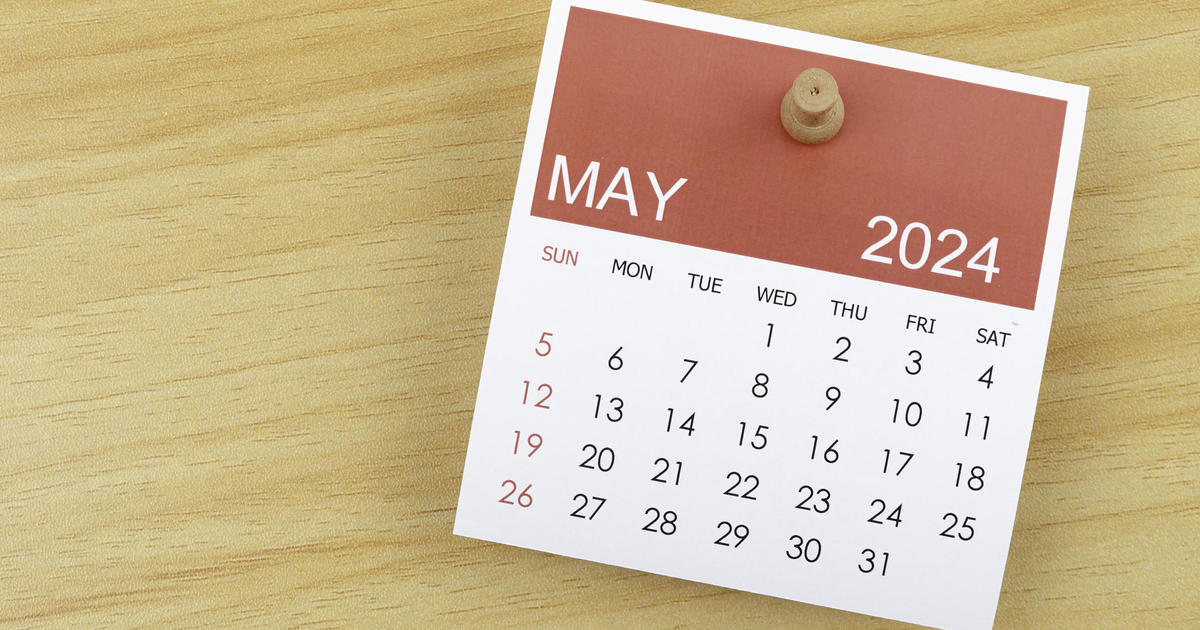Labor market still humming, as employers add 263,000 jobs
- U.S. employers added 263,000 jobs in April, topping economists' forecasts.
- Although the nation's jobless rate fell to 3.6 percent, the lowest level since 1969, the decline was largely because many Americans left the labor force last month.
- Wages are growing at a decent clip, but not as fast as they have in the past when unemployment is so low.
Businesses hired 263,000 workers in April, again defying many economists' expectations that a tight labor market would slow job-creation. Economists were expecting about 190,000 jobs to be added for the month.
The unemployment rate ticked down to 3.6 percent, the lowest since December 1969, when it hit 3.5 percent. But it fell largely because half a million Americans left the labor force, meaning fewer people were counted as unemployed.
Job gains were strongest in professional and business services, construction and health care. Manufacturing employment stayed flat, while the retail sector lost about 12,000 jobs.
"Jobs continued to grow fastest in middle- and high-wage industries, while wage growth was fastest in low-wage industries," Martha Gimbel, director of economic research at the Indeed Hiring Lab, said in a blog post.
Wage growth steady, not spectacular
Wages grew 3.2 percent from the year-earlier period—a steady pace but below the rate wage growth would be expected to reach with such a low unemployment rate.
"Right now, at 3.2 percent annualized wage growth, we're just at the bottom of the rate of wage growth of the last expansion, and we're nowhere near how high wage growth was in the last half of the expansion in the 1990s — 4.5 percent or 5 percent," said Robert Frick, chief economist of the Navy Federal Credit Union.
Growth above 3 percent per year is the fastest rate of wage gains in nearly a decade, but it's only 1 percentage point higher than the cost of living, which is increasing nearly 2 percent each year.
"That does explain why, despite a very low unemployment rate and modest gains in overall growth, the American public remains dissatisfied with where the economy is and where the country is," said Joe Brusuelas, chief economist at the accounting firm RSM. "That sluggish wage growth feeds into that."



